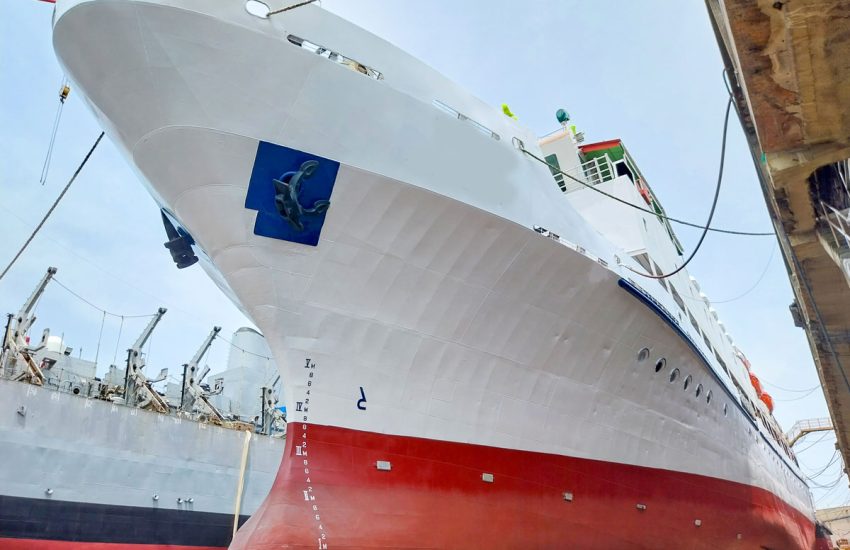Marine paints are the paints which are basically used to paint or coat the exterior of any boat in order to enhance the vulnerability to water. These paints are the oil-based paints which create a long-lasting surface and the grease or dirt can be easily removed with just a few efforts. However, it requires a lot of time in drying up fully after getting coated. This paint helps the exterior boat from getting attached to the water living organisms such as algae, weeds, slime and many more. In the modern world, there are various categories of marine paints to choose from which can get confusing as to decide which paint to be used. The given below are some of the popular marine paints along with various considerations which can be kept in mind in order to decide which marine paints should be used in place of other:
For the places where the copper biocides are restricted, you can go for bottom paint containing Zinc or ECONEA in the form of biocide. Other than this, if you want to go for a paint with no biocide, you can consider paint PropSpeed which consists of a super slick coating which can easily get rid of the marine growth for you. These paints can be sued for different underwater surfaces including struts, props, keel coolers, and shafts.
For slime areas:
If you are in an area where slime is most likely to occur, then contact marine paints manufacturers for Irgarol that would be the best paint for you. The Irgarol paint generally disrupts the photosynthesis in plants which is utilized to getting rid of the slime and controlling its growth by preventing them to grow. Some of the popular paints which consist of Irgarol paint includes Hydrocoat SR, Micron Extra, etc. Other than this, you can also go for the anti-slime biocide zinc pyrithione paints, also known as Zinc Omadine, for slime prevention.
Over Aluminum Body:
If you are painting over an aluminium body, keep in mind not to use the antifouling paint which generally consists of cuprous oxide. If you use such paints, it can lead to the growth of galvanic corrosion on the surface containing Zinc compound, ECONEA, or cuprous thiocyanate as the biocide. Such examples of paints include Vivid, Trilux 33, Hydrocoat ECO, etc. Marine paints manufacturers produce these paints, you will easily get it.
Saltwater area:
Not all paints are recommended to use in fresh water. Thus, if you are in an area of saltwater, you should go for Interlux Micron 66 paint, which is not suitable for fresh water. However, if you can get fresh water, try the paint Petit’s SR-21 which is suitable for low fouling, cold saltwater areas.
If you use your boats very frequently, then you should go for an ablative paint which gets smoother with time and will shed a much lighter amount of growth. However, if you don’t use your boat much often, you can go for modified epoxy paint having a better antifouling capability in case of less often used boats. Moreover, if you are a person who needs to keep your boat under water for a whole year, then you should use a high copper contented modified epoxy paint which can be beneficial for preventing the growth by leaching biocide whenever it comes in contact with water. These paints releasing biocide in contact with water at a steadily decreasing rate leave the hard coating of the surface at the end of the season. The paint has a higher content of copper will have greater efficiency in terms of its performance. The modified epoxy paints can get along with very surface and can be applied over any type of paint except vinyl-based paints. However, if you are a person who keeps the boat out of the water when not in use, then you can go for copolymer paints which will be effective for a long period of time due to a thickness of its coting. These types of paints include West Marine PCA gold, Petite Hydrocoat, Micron Extra, etc.
Lastly, if you are painting over old paint you should keep in mind that the old paint is firm and not lose or flaky. Moreover, you should ensure that the old paint does not contain a slippery vinyl or a PTFE agent and is considered hard rather than being soft.



